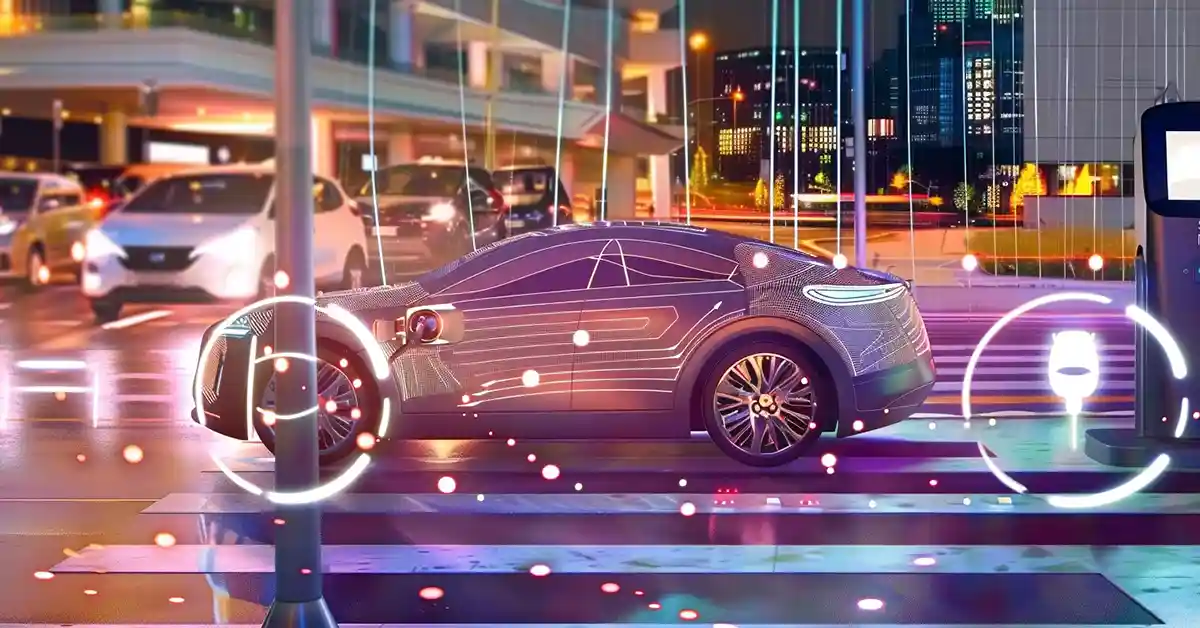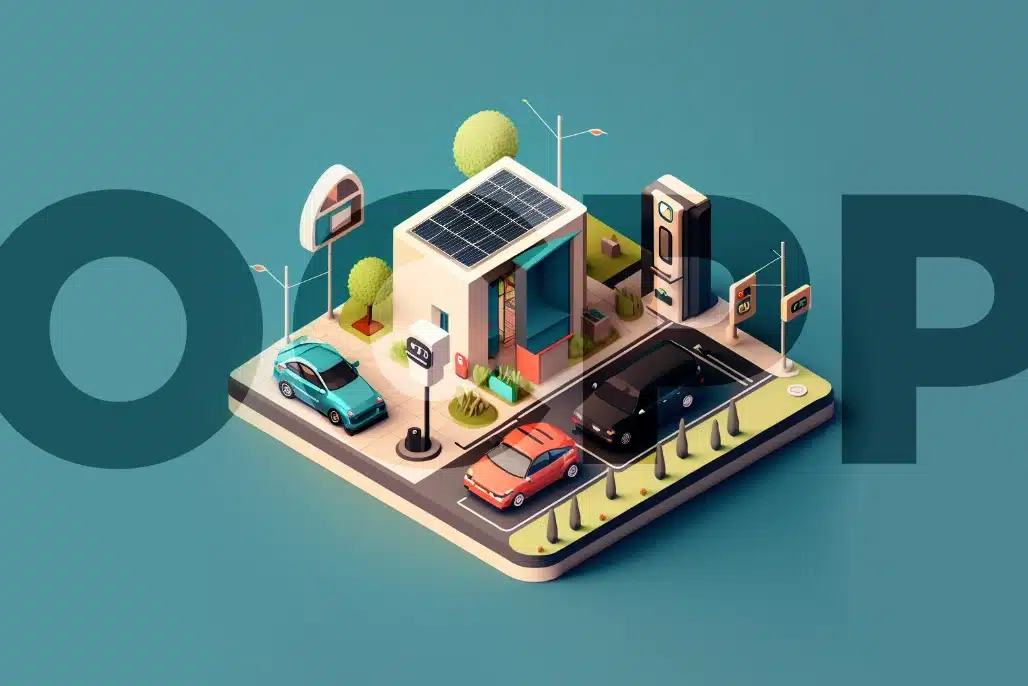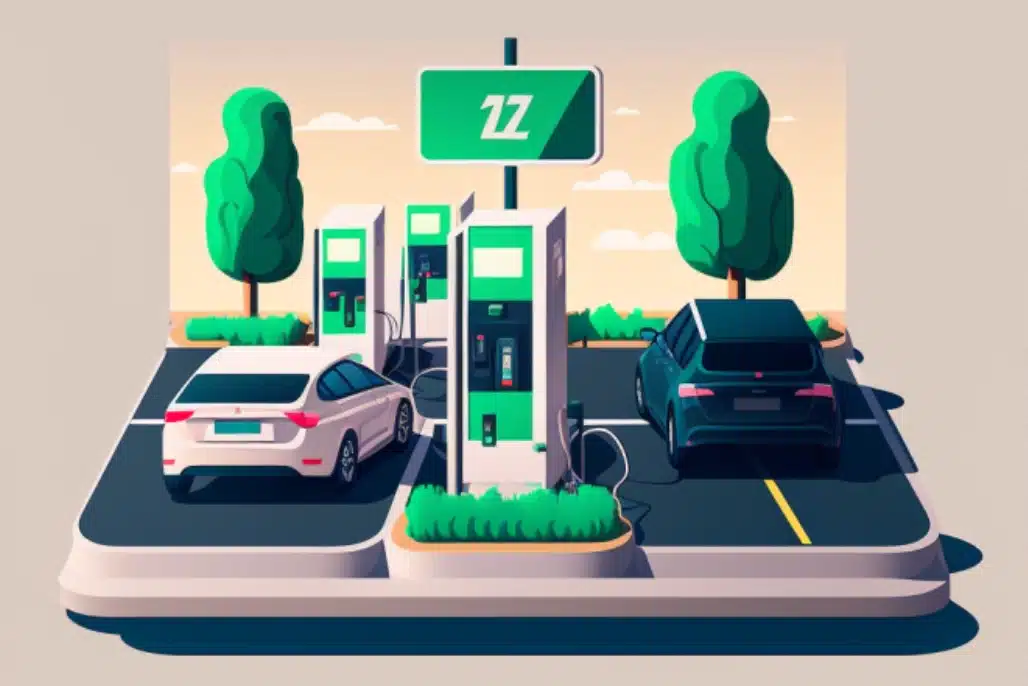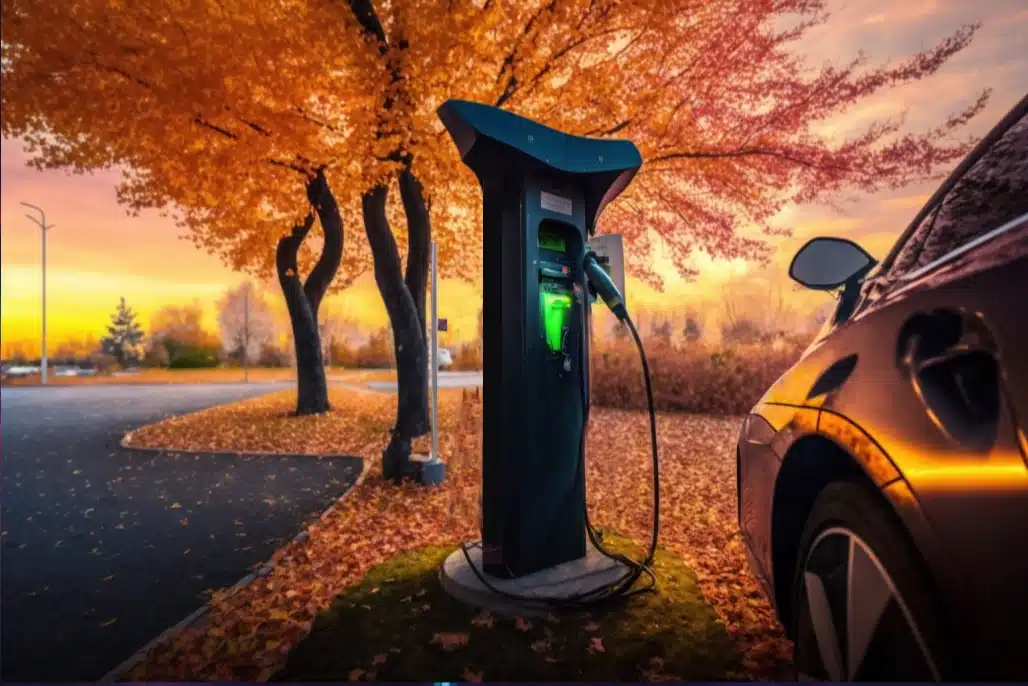Although governments around the world are progressing with the installation of both public and private charging stations to increase the viability of electric vehicles, a key problem remains that is as yet widely unaddressed – that of electrical grid capacity for the charging of all of the extra vehicles that will be on the road.

Grid capacity problems can be subdividied into a number of distinct issues relating to EV charging points,
- Local grid capacity that limits their number (and therefore total capacity)
- Overall generative capacity limits the total capacity of the electrical grid
Local Grid Capacity
Local capacity is defined in the amount of power that can be safely supplied in a specific geographical area - usually controlled by a substation. Increasing the amount of locally available capacity would involve the upgrading or replacement of existing substations or the building of new substations - dependent on the upstream grid supply being able to handle the increased load.
Currently public EV charging stations, particularly in rural areas, suffer from the issue that the existing local supply cannot handle their additional demand. As a result, companies coming into the market either have to fund the installation of expensive additional infrastructure themselves or relocate to a more favourable area.
In these circumstances, when supply can be scarce, software algorithms can assist in the distribution of power at charging stations - taking into account the maximum capacity. As with any scarce resource the operators may be able to deploy software based priority systems that enable EV drivers to effectively pay more for a faster charge (by taking a higher proportion of the existing supply).
Supplementing public charging stations with their own generative capacity through renewable generation systems such as solar or wind power may also be an option.
Batteries may, in both cases, be able to assist the operation of such a public charging facility by,
- Storing unused renewable energy until it can be used
- Enabling temporarily higher peak loads by augmenting available mains supply
- Saving the public charging facility money by producing its own non-mains power supply
The same techniques apply to home charging systems and there will most likely come a time when private households will be, by default, equipped with both renewable generative capacity and batteries.
Before this is widespread, however, it may be likely that more advanced and progressive EV home charges will be able to network themselves in such a way as to reduce instantaneous demand on the local grid by staggering their charging times and loads. Again, software solutions will most definitely play a major part in this process.
Large Scale Grid Capacity
Already EV drivers tend to charge their vehicles during the evening, when they're not in use, and are often able to take advantage of cheaper electricity tariffs (where available) to do so.
As demand for EV charging grows, however, more people will be charging their vehicles at all times. While this won't initially have so much of an impact during the evening and night times, the extra drawing of power during the already high daytime demand could create huge potential issues for the grid as a whole.
Grid scale battery storage is one option under consideration not just for the storage and supply of unreliable renewable generation (such as solar power at night, or wind power when it's simply not windy), but also for smoothing out general demand though peak shaving techniques - supplying 'peaks' from battery power when necessary and charging batteries themselves when demand subsequently falls.
Of course, this isn't a permanent solution and only addresses short term symptoms, the real issues will be around both increasing the capacity of the grid itself and the generative capacity that provides it.
Increasing generative capacity can be achieved through the wider scale deployment of renewable generation, which as a happy by-product often includes the targeted upgrade of transmission infrastructure. This upgrading not only allows the grid to carry more electricity from generators, but as a direct consequence, also carry more electricity overall both to private homes and public EV charging stations. As wind power, for example, tends to be in more remote often coastal locations this upgrading is doubly advantageous as the existing infrastructure and capacity is often poor.
Generative capacity can also, of course, be increased through the deployment of other carbon neutral methods such as geothermal, hydro, or nuclear power - all of which are suited to increase the base load capacity of the grid. Although they are certainly longer term options, they are orders of magnitude more beneficial over the longer term as our society grows both in size and electrical usage.








